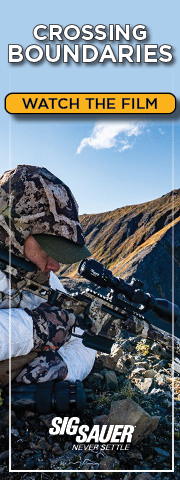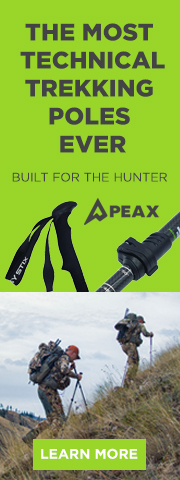Fellas/Gals,
I just got registered and this is my first post. I have the same story of most guys from the Midwest, gonna grab a tent and a bow and have some fun in Colorado. Prob in the last week of Sept.
Would be willing to share what they wished they knew before their first time heading out after Elk? I imagine there are a lot of fine details I haven't thought about at all. Anything to make the trip more enjoyable would be appreciated.
Thanks
I just got registered and this is my first post. I have the same story of most guys from the Midwest, gonna grab a tent and a bow and have some fun in Colorado. Prob in the last week of Sept.
Would be willing to share what they wished they knew before their first time heading out after Elk? I imagine there are a lot of fine details I haven't thought about at all. Anything to make the trip more enjoyable would be appreciated.
Thanks



